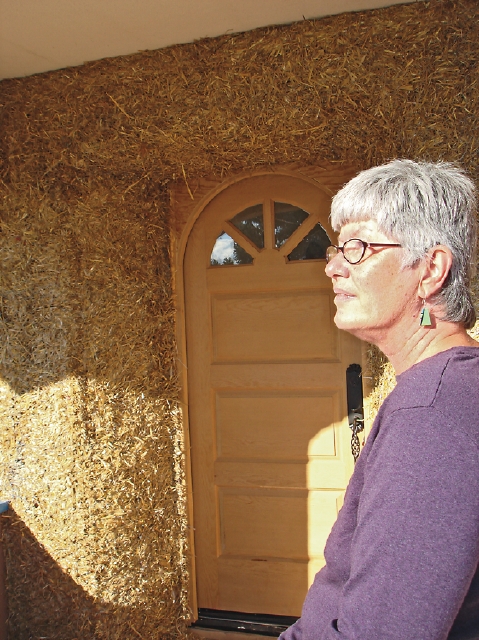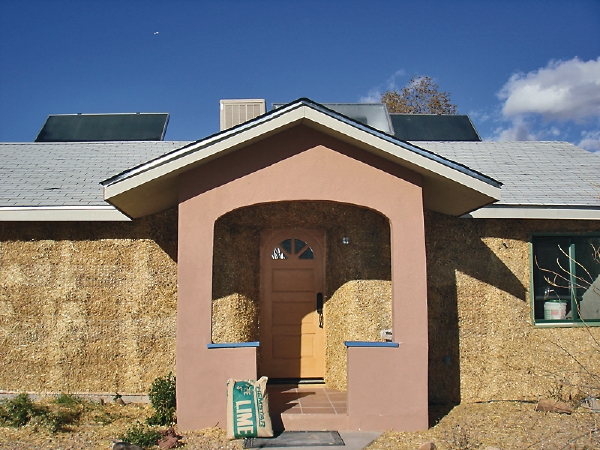The Last Straw
Couple Experiments With Ways To Renovate That Will Reduce Energy Use And Utility Bills


Loftfield’s home was recently wrapped in straw bales.
Marisa Demarco
Latest Article|September 3, 2020|Free
::Making Grown Men Cry Since 1992


Loftfield’s home was recently wrapped in straw bales.
Marisa Demarco

